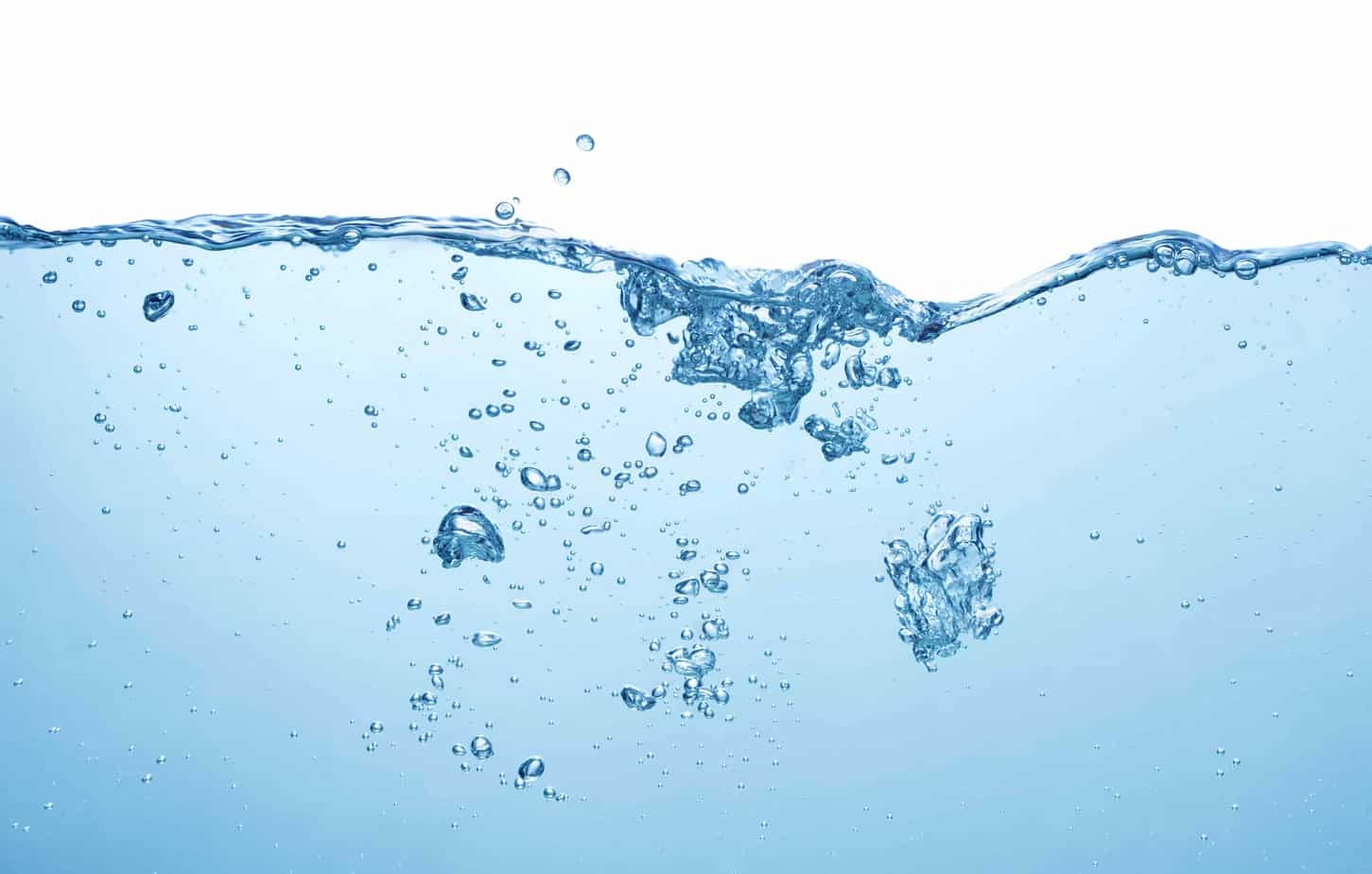
When it comes to keeping your swimming pool clear and beautiful all season long, circulation is a definite part of the process. Without adequate circulation your water will not be able to get the proper filtration and chemical balance that is needed to create a safe and healthy pool of water.
However it really isn’t that difficult to make sure you are getting the best circulation possible and I am going to share a few tips I have learned over the years that will help you improve your swimming pools circulation.
One of the best ways to immediately improve your swimming pools circulation is to clean your filter and remove any debris from the skimmer basket. By doing this your pump will be allowed to push more water through your hoses and out the pools return boosting the water circulation.
Pool Pump
Before you can have any circulation, you first must have a pool pump. It is crucial to be sure you have a pool pump that is adequate for the size of your pool. Likewise, you want to avoid having an over sized pump as well.
During the off season store your pump in a dry and room temperature location. Clean and grease any areas according to your manufacture directions if necessary.
Make sure your pump is in good working condition at the beginning of each swimming season.
To be sure that you have the proper size of pump for you pool, determine how many gallons per minute your pumps flow rate is. It is recommended that your pools water is turned over at least one time per day over an 8 to 12 hour period,
Sizing Your Pool Pump
There is a real simple formula you can use to determine the size of pump you need for your swimming pool. This below formula will calculate how much water circulation you will be getting over 8 hours.
Pool Water Volume ÷ Pool Pump Run Minutes = Pumps Output: Gallons Per Minute
If your swimming pool has 10,000 gallons of pool water volume, you would divide 10,000 ÷ 480 (8 hours X 60 minutes = 480) = 20.8.
In the example above a 10,000 gallon pool that has the pump running for 8 hours would require a pump with an output of 20.8 gallons per minute if you wish to have the water turned over once every 8 hours of use.
Change the numbers as necessary in this formula to determine the size of pump you need for your swimming pool. Ensuring you have sized your pump properly will improve and maintain proper water circulation.
Clean your pool pump filter.
I am sure you have vacuumed your pool and noticed that the waters return pressure was decreased rapidly at some point during your pool ownership while cleaning the bottom. If you have that is because the bottom of your pool was extremely dirty or a large object became clogged in the vacuum lines, filter or skimmer.
When this happens the pump in unable to push the same amount of water through the lines due to dirt, leaves, grass and other debris that was collected by your vacuum.
By cleaning or replacing your swimming pools filter medium allows the water to flow unrestricted and without any stoppage while it does its job.
Clean / Replace Cartridge Filters
If your swimming pool uses a cartridge filter, removing it and spraying it with a powerful water hose will remove a good portion of the dirt. You will want to do this for several minutes and in allareas of the filter to maximize the effects of spraying it down.
Of course replacing the cartridge with a new one will give you the best results and should be replaced according to the manufactures directions included with your pump. Commonly filters need to be replaced every 2 to 4 weeks and during the heavy swimming season possibly even more often.
Between filter changes most cartridge filters can be sprayed down handily with a water hose to increase circulation before it is time to replace the filter. For example, if you replace your filter once per month, spraying it down every 2 weeks will likely keep your pool circulation at a higher performance by removing dirt from the filter.
Backwash Sand Filter
For pools equipped with a sand filter, simply back washing the filter will remove all the dirt, grass and leaves that has been trapped inside the filter.
By doing this you will allow the pump to push the water through more freely and gain more circulation. It is recommended that you flush sand filter pumps at least once ever other week and sometimes more often.
If you have recently vacuumed your swimming pool or have had higher swimmer volume inside the water, flushing more often will be necessary.
Once you have completed the back wash, don’t forget to run the rinse cycle before returning it back to the filter mode.
Your pool will now have more pressure coming from the pools return causing an increased amount of circulation in your pool.
Clean Filters Regularly
For continuously circulation all season all you really need to do is have a routine schedule and abide religiously by it.
For sand filter style pools if you simply pick 1 day a week or every other week to always back wash the filter, you will have much greater water circulation throughout the entire swimming reason.
The same would apply if your pool uses a cartridge. Pick one day per week to spray down the filter keeping it clean as well as change it to a new filter on a routine basis, the water in your pool will have improved circulation.
Point Return Down Or Up?
The return of your pool can have a major affect on how your water circulates when the pump is running. If your pool return is not adjustable, I recommend that you replace it with an adjustable return. This will allow you to aim the return so you can increase your waters circulation.
If your pool return is pointed upward, the water is naturally going circulate on the surface more than toward the bottom or the deep end.
This can be good for whirlpools and waves as I have mentioned in another article I have written, “Which direction should I point my swimming pool jets”, however it may keep the skimmer from catching some of the debris floating on top.
Pointing your return down will circulate the water beneath the surface and keep the top of the water calm. Calm water on the surface will be skimmed more effectively.
It is also recommended that your return is pointed in the opposite direction of your skimmer for best performance. I also prefer to point mine in an almost complete circular direction and allowing the walls to create a circular motion.
Some pools may have multiple returns. If you have a swimming pool with 2 or more returns, it is best to point them in the same direction to create a consistent flow of water throughout the pool.
Proper Water Levels
Over the summer especially during the hottest months of the year you will have a lot of evaporation of your swimming pool water.
This will cause your water levels to decrease and sometimes at a rapid rate even without swimmers using your pool. Swimming pools can lose one to three inches in a week when the temperature is at or above 90 degrees.
I like to top the water levels off at the same time I do my weekly scheduled maintenance to insure that the water level is where my pool skimmer and pump can give optimum performance and circulation.
If your water levels are too low the pump will not be able to suction the required amount of water needed for the pump to operate properly and you swimming pool circulation will suffer.
Always keep your pool water at a level that does not cause your pumps suction to bring air into the lines or your circulation will decrease and the pump may also suffer damage if it becomes to dry.
Remove Pool Equipment From Water
This is especially true when your swimming pool water is vacant and there are no active swimmers.
Removing goggles, noodles and floats from the water will allow the water to have better circulation. Rafts, beach balls and other objects that float will be attracted toward the skimmer. This will cause blockage and can decrease circulation.
As floating objects travel across the top of the water they may also come in contact with your ladder or areas of your pool where they become stuck or lodged.
This will restrict the water flow in those areas. Having no objects in the pool will improve circulation when the pool is not in use.
Calm Areas
There are going to be some areas in almost every pool that doesn’t get circulated properly. This can be due to steps, ladders or other permanent objects or designs that prevent the water from circulating in a particular area.
The water in these areas are still going to be turned over as the pump does its job, however some of the calm water will cause dirt and particles to sit on the bottom, behind railing or in areas that are not easily accessible.
Since these areas do not have much swimmer traffic or water circulation moving the particles around, it may be necessary to occasionally sweep or brush the floor and walls in these areas. Failure to do so won’t necessarily cause a major issue, but will help maintain the cleanest possible pool water throughout the entire area.
Why Is Water Circulation Important?
Without water circulation your swimming pools water will not be able to have the chemicals that are used to clean evenly distributed through the pool which will cause your pool to become cloudy and dirty,
The circulation process also filters bugs, grass, dirt and other particles floating inside the water to keep your water clean and sanitary.
Proper versus improper circulation can make a huge difference in whether or not the pool water stays clear during the entire swimming season.
Water Circulation Process
- The swimming pools pump is where all the circulation begins. The proper pump size for the water volume of your swimming pool is crucial in maintaining adequate circulation.
- The pump will have a horizontal hose that is connected to the swimming pools skimmer. Once the pump is turned on and running it will create suction through the skimmer.
- A vertical hose on top of the pump will be connected to either a sand or cartridge filter. The water that has been pulled through from the skimmer and through the pump will enter into the filtering area through the vertical hose.
- The filter will collect any debris that flows through the pump.
- Finally another hose from the exit portion of the filter will be connected to the return where clean and filtered water will return to the swimming pool.
Once the water has re-entered the swimming pool through the return it will circulate through the pool mixing any chlorine and other chemicals added and continually filter out unwanted debris.
If there were no circulation process for a swimming pool, draining and refilling would need to be performed on a weekly basis to maintain cleanliness.
You can see why it is extremely important for excellent circulation all summer long.

